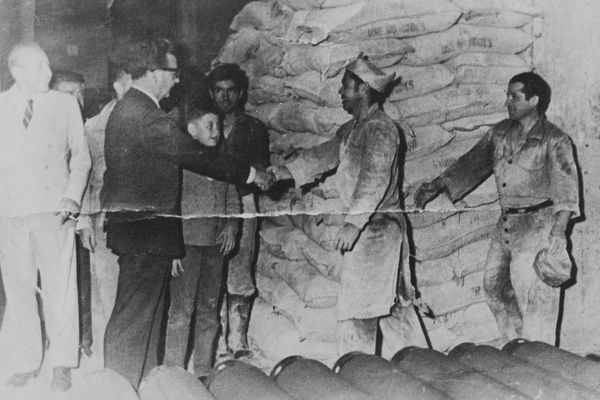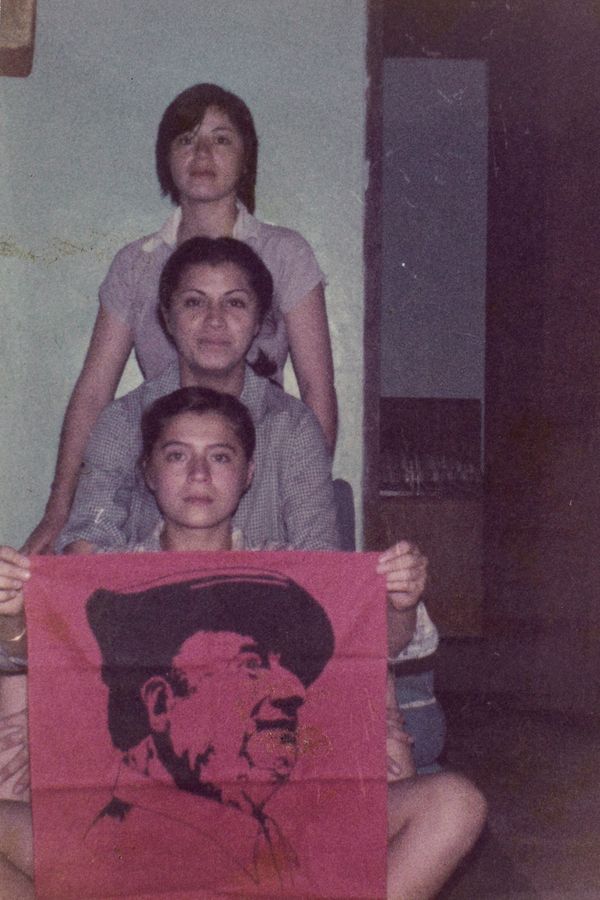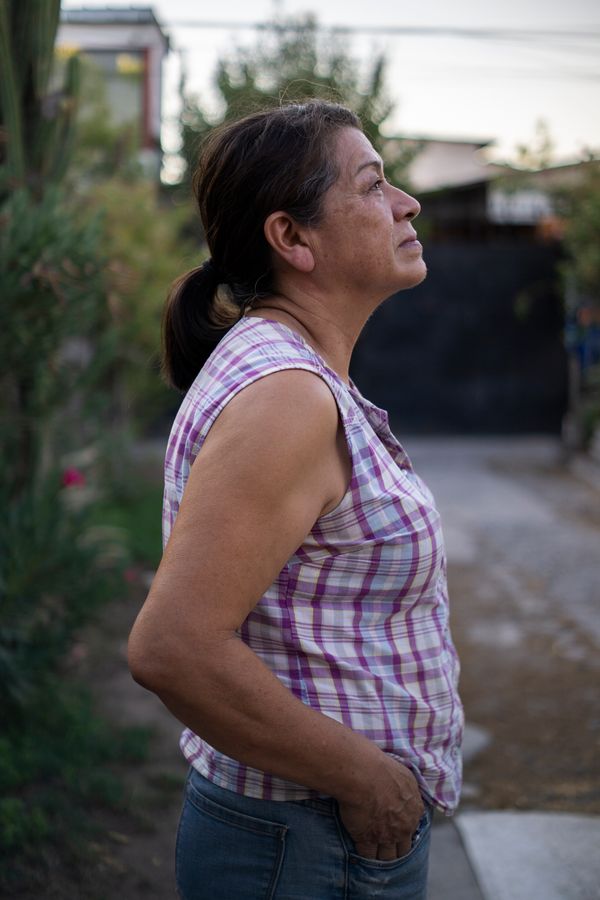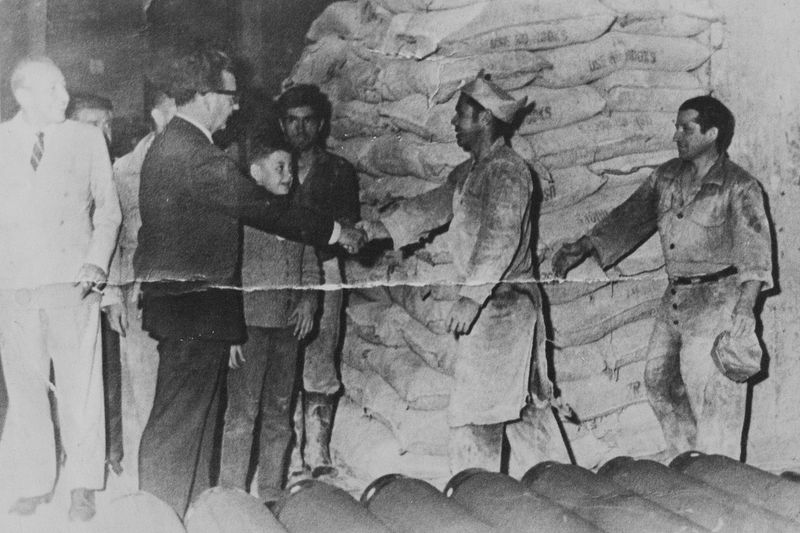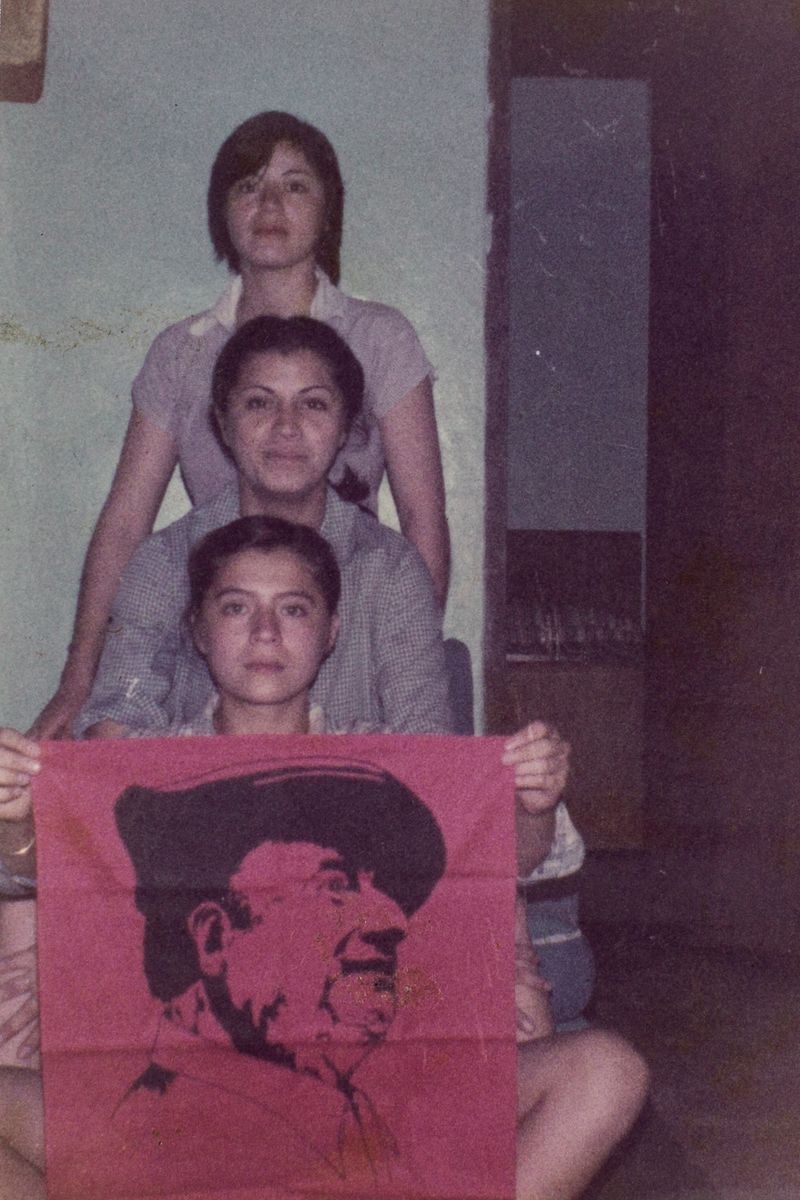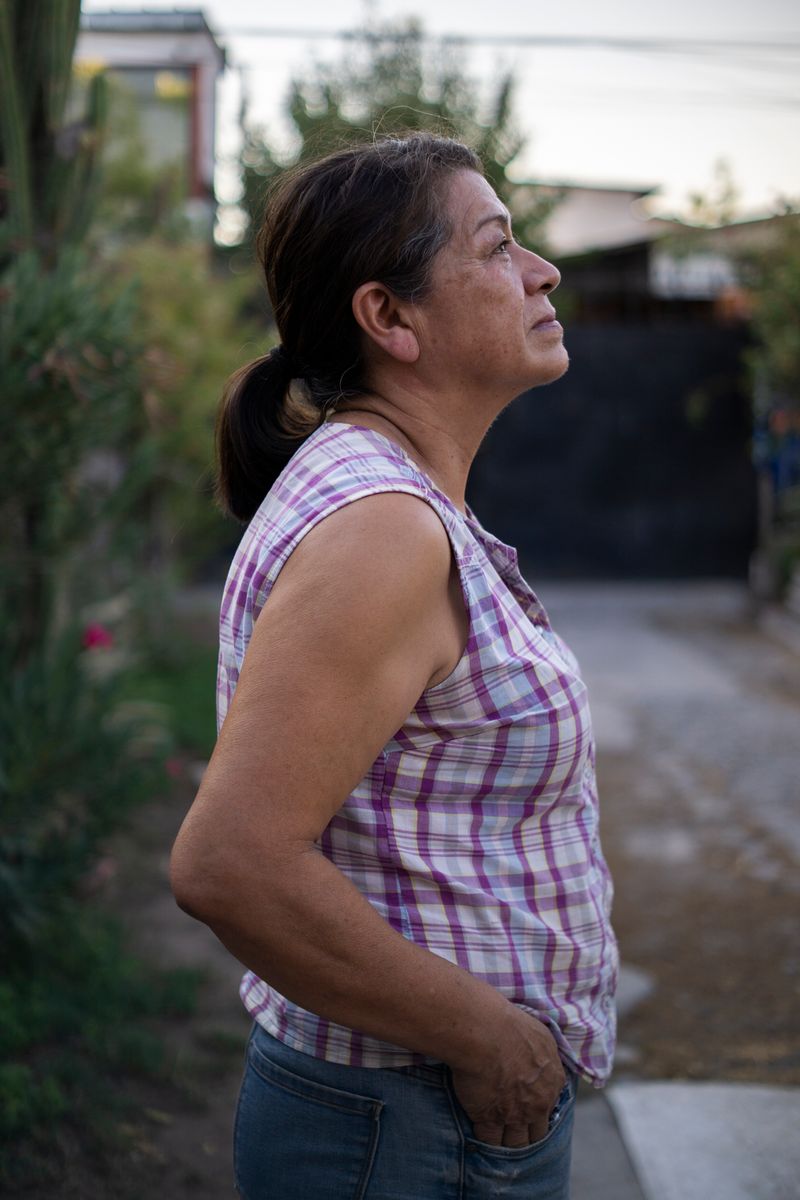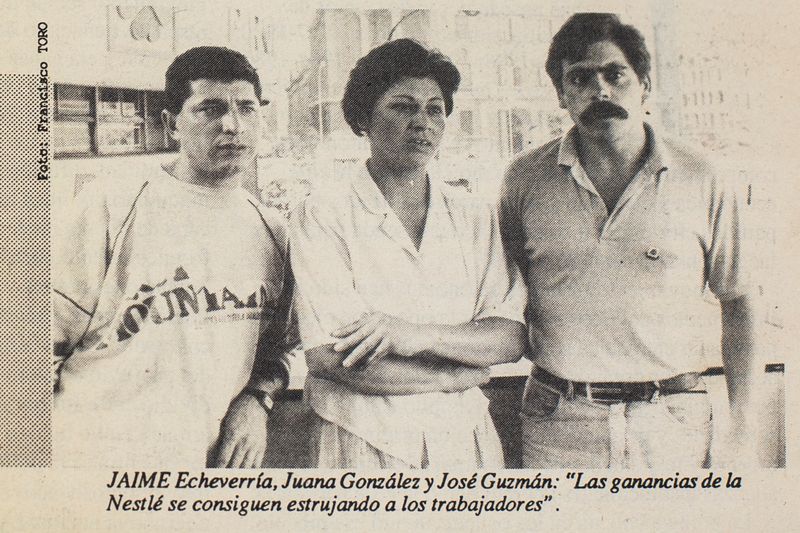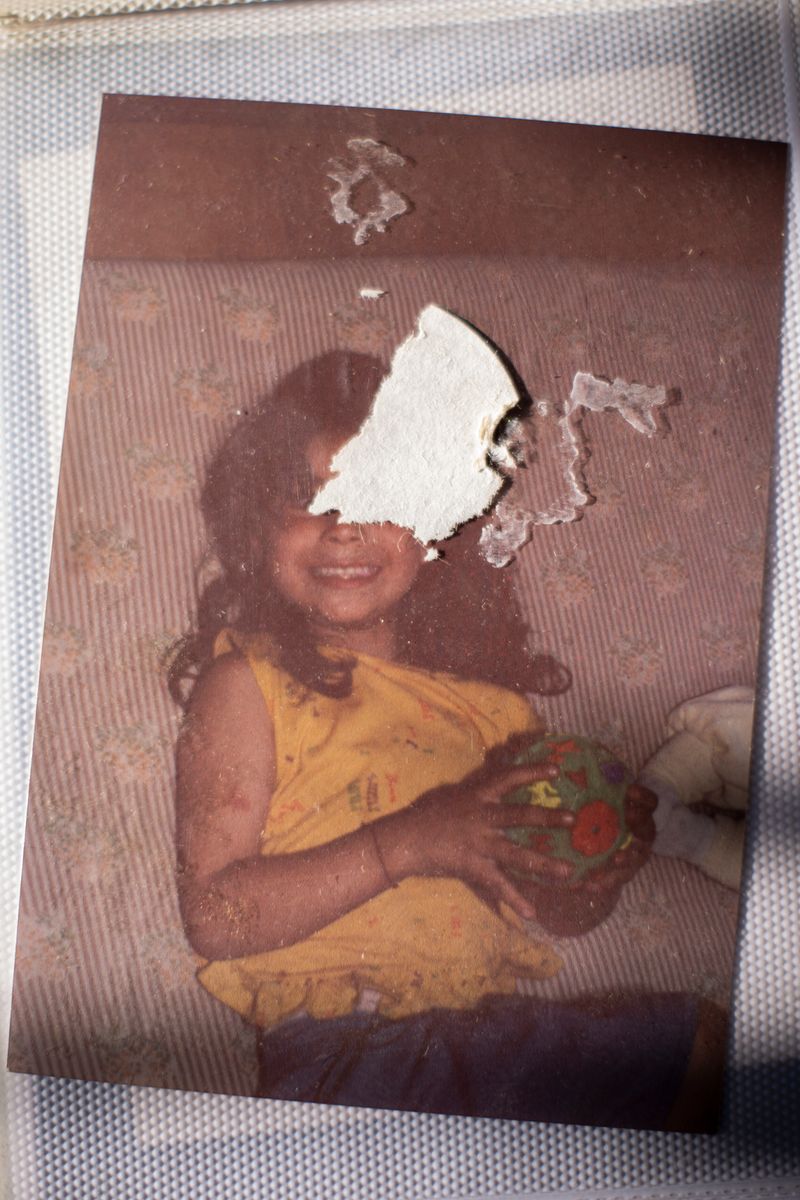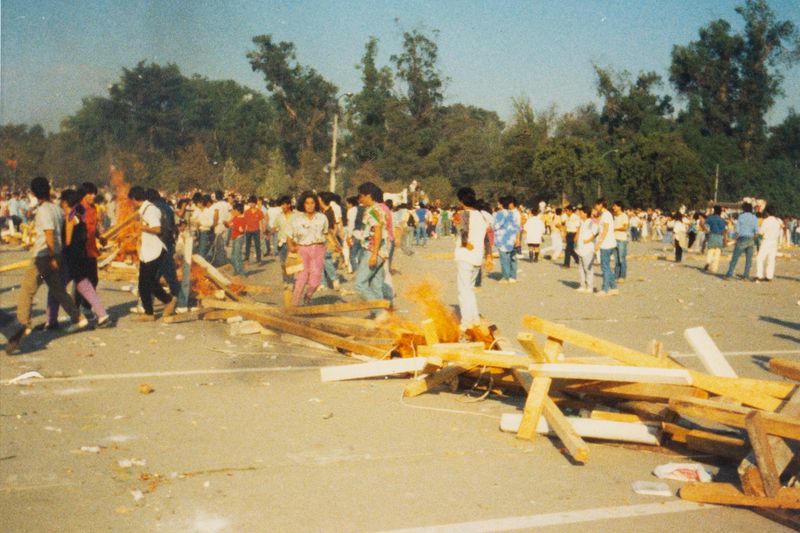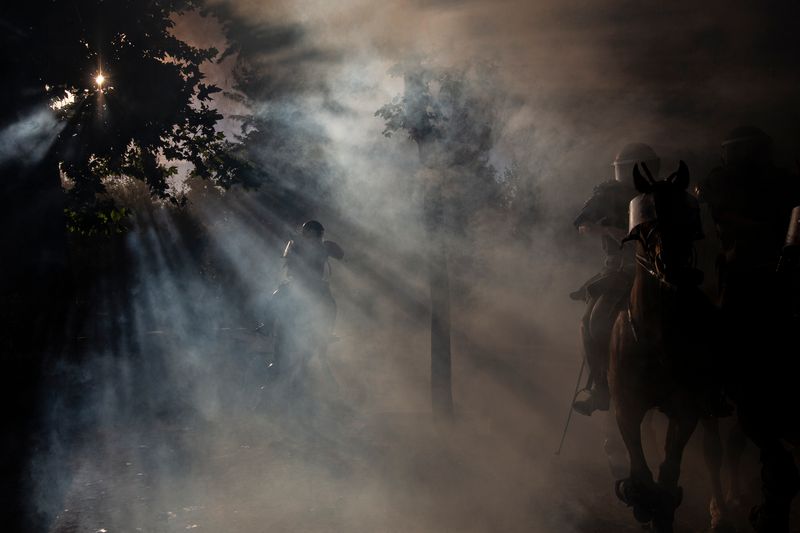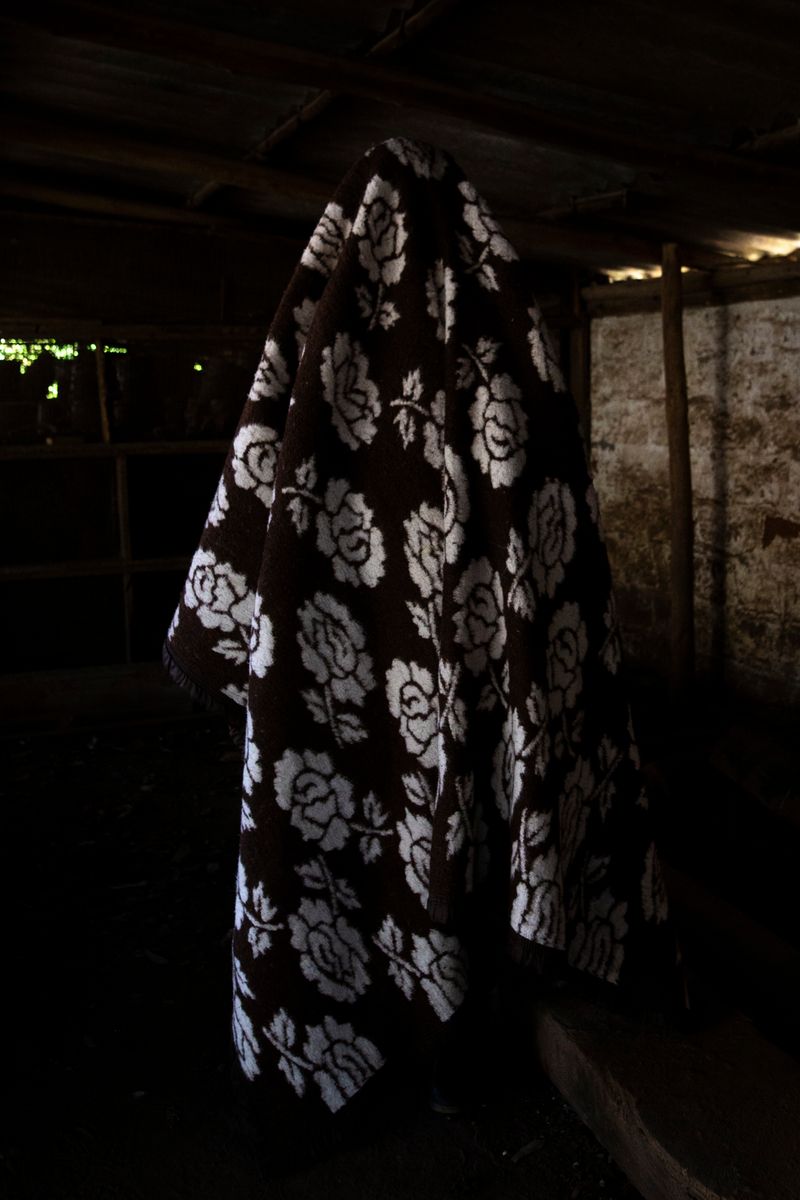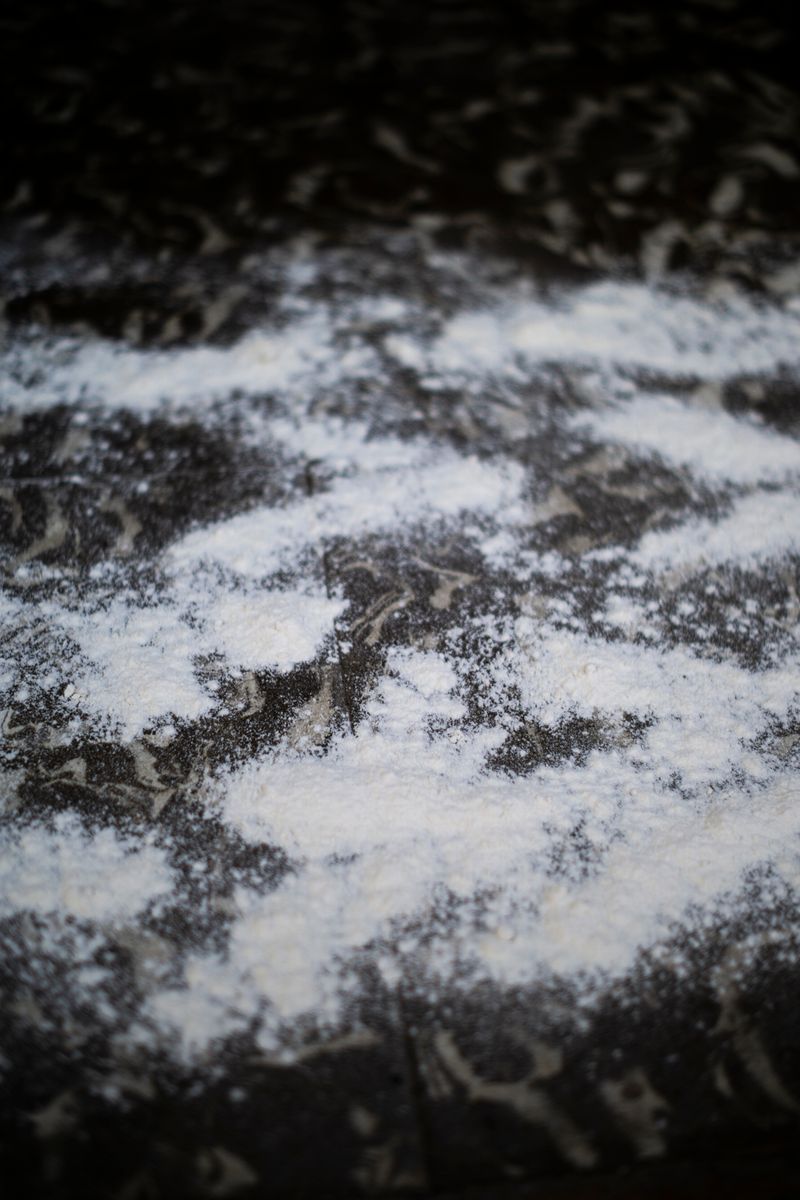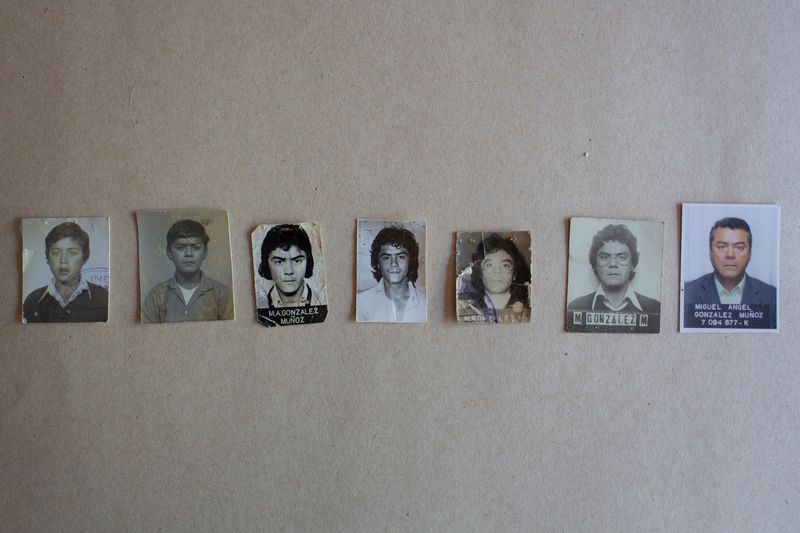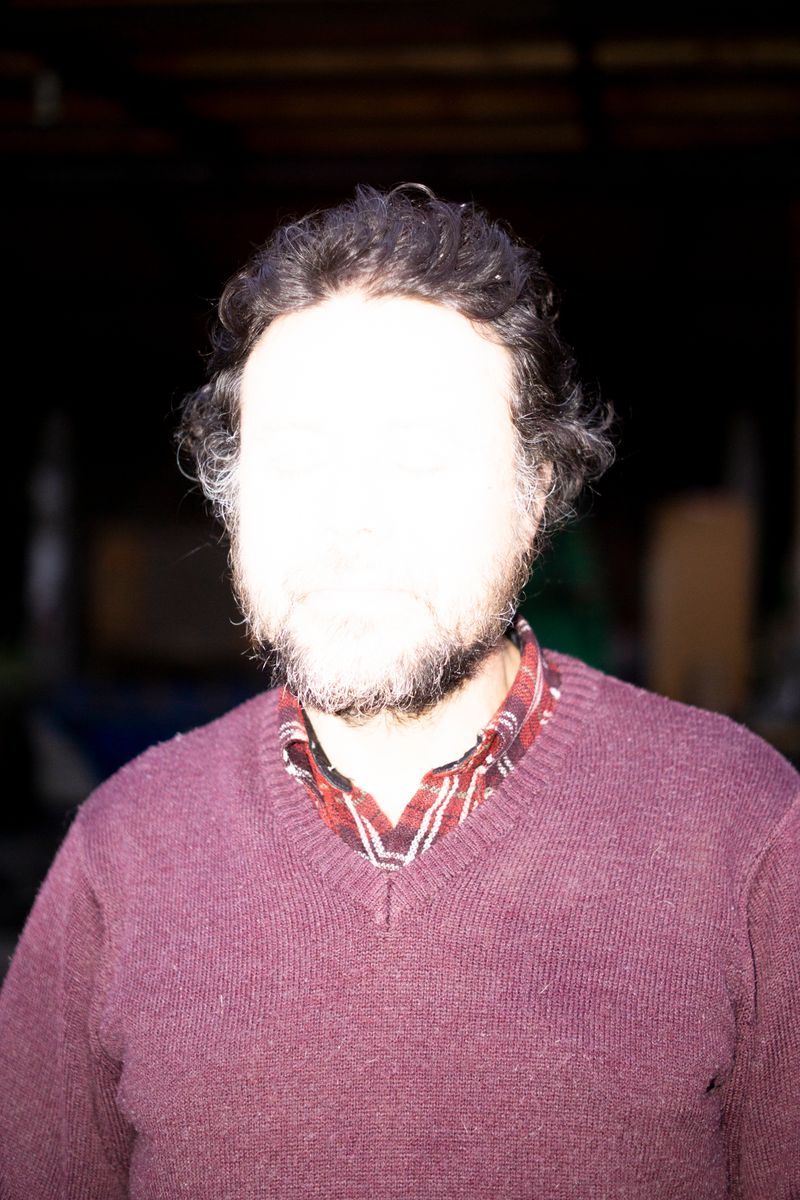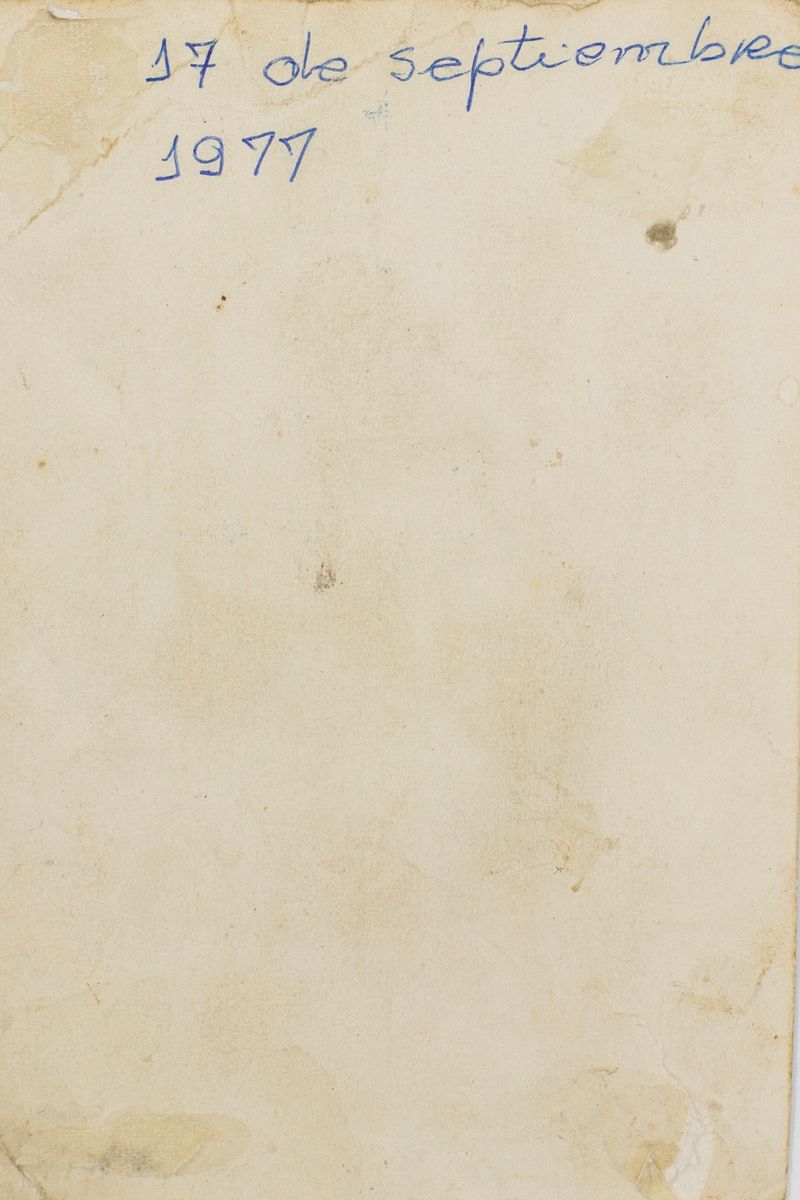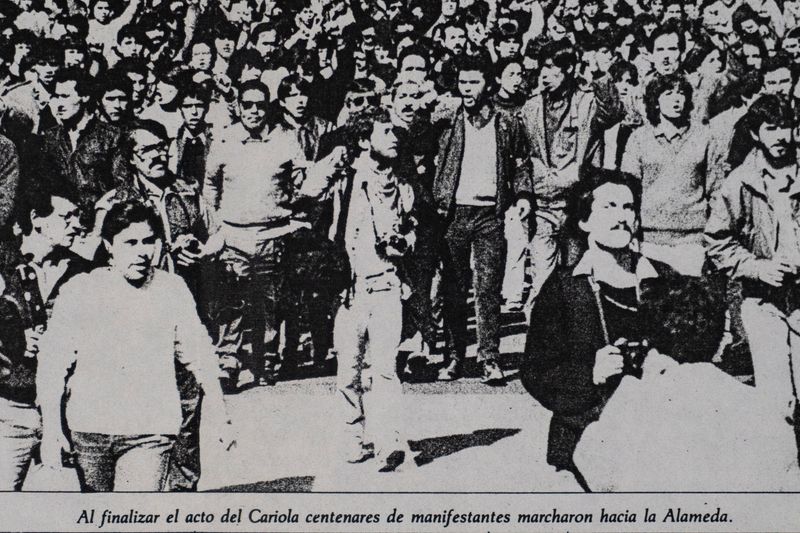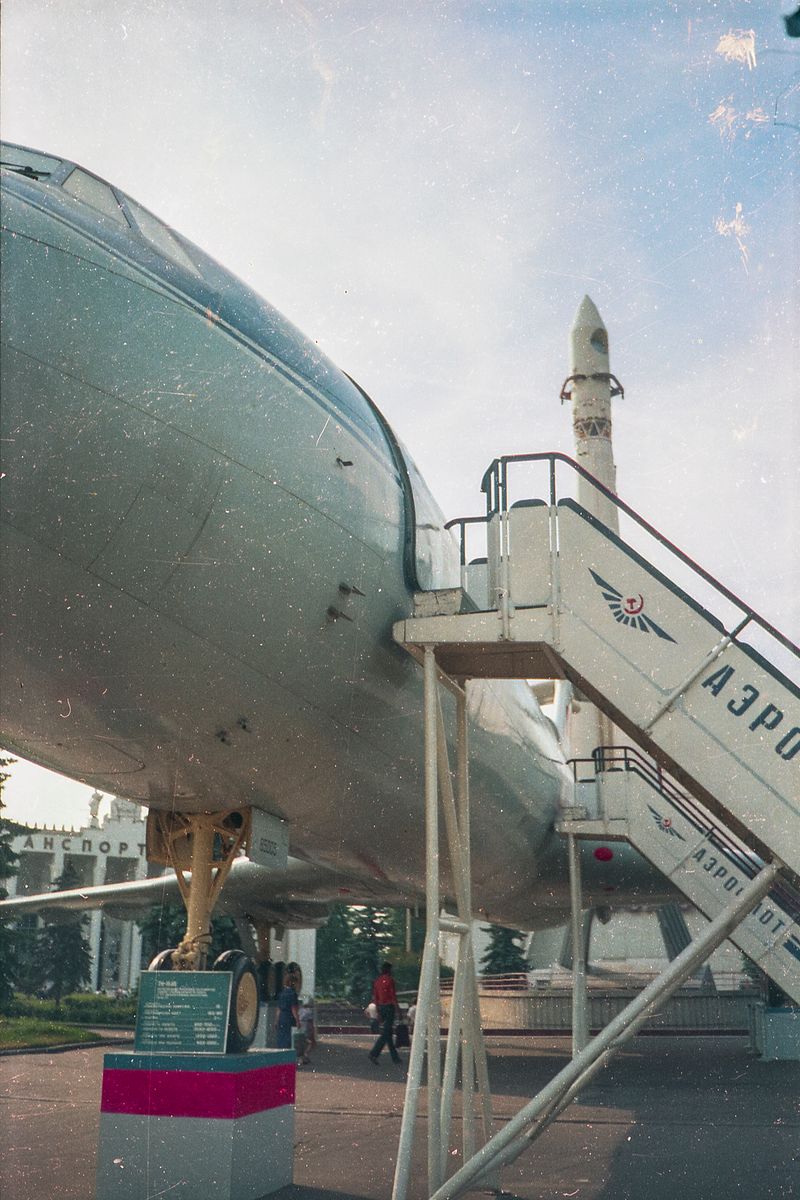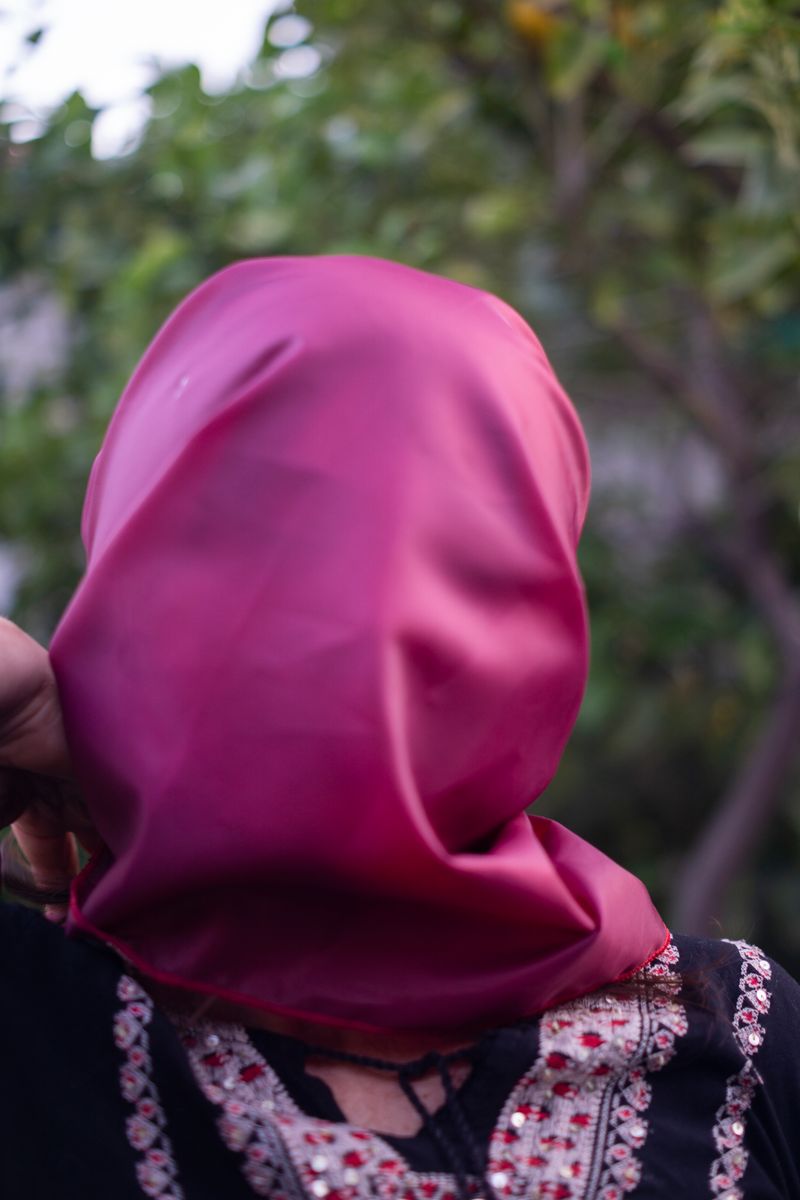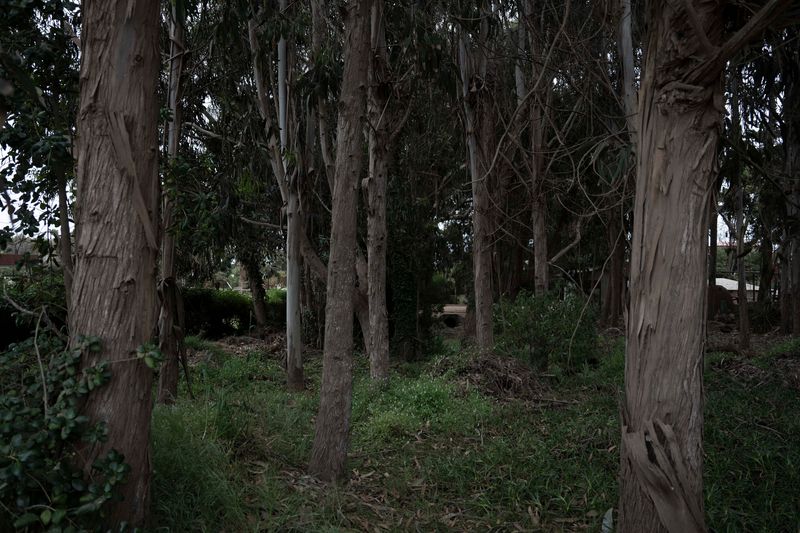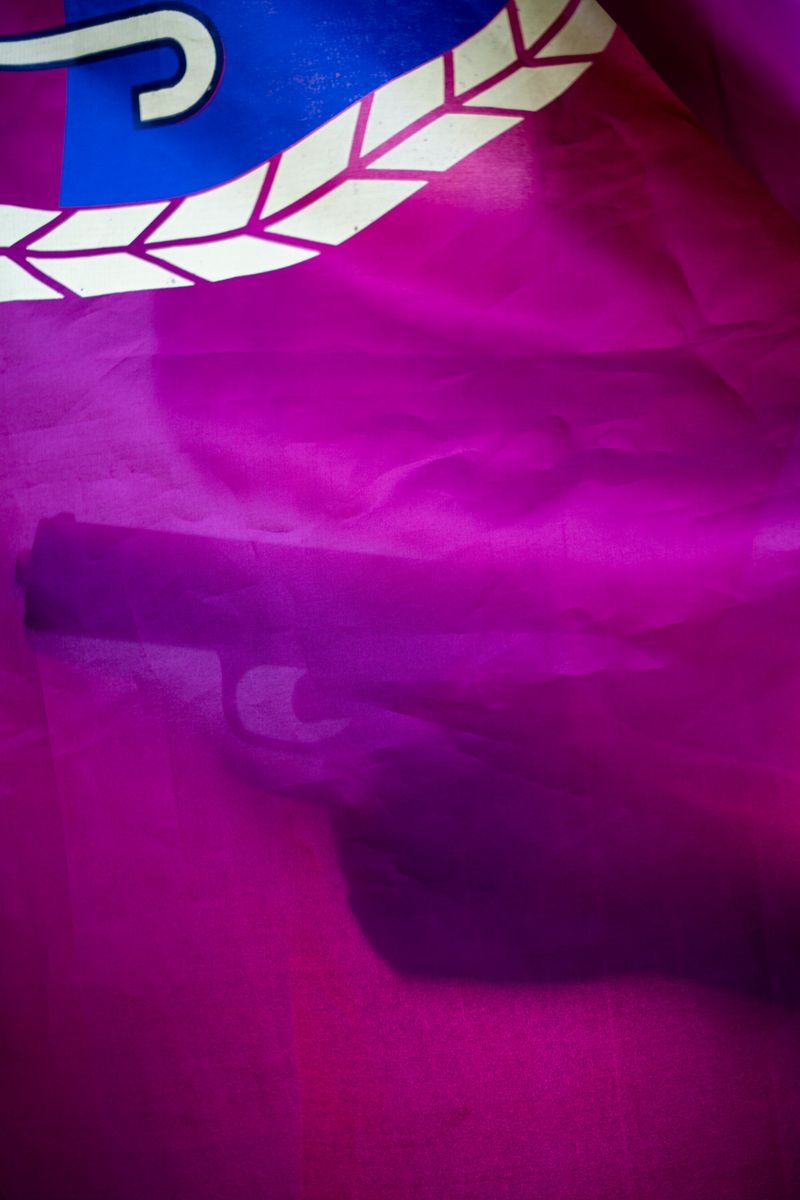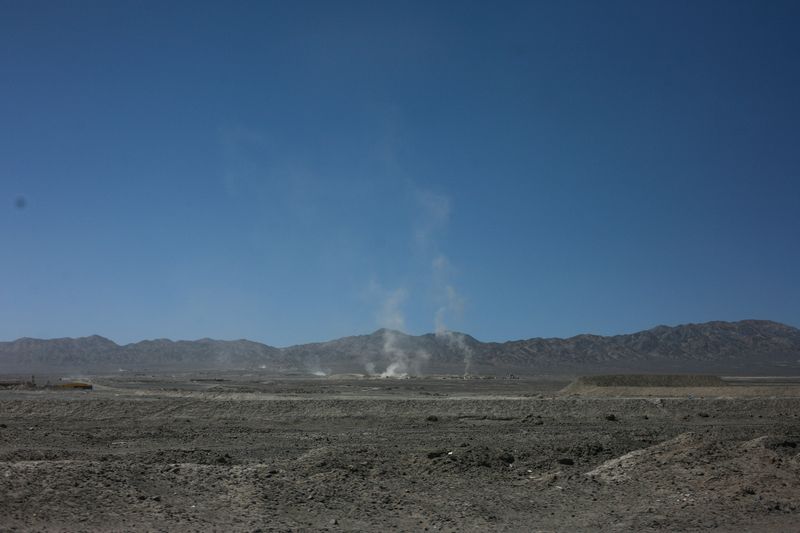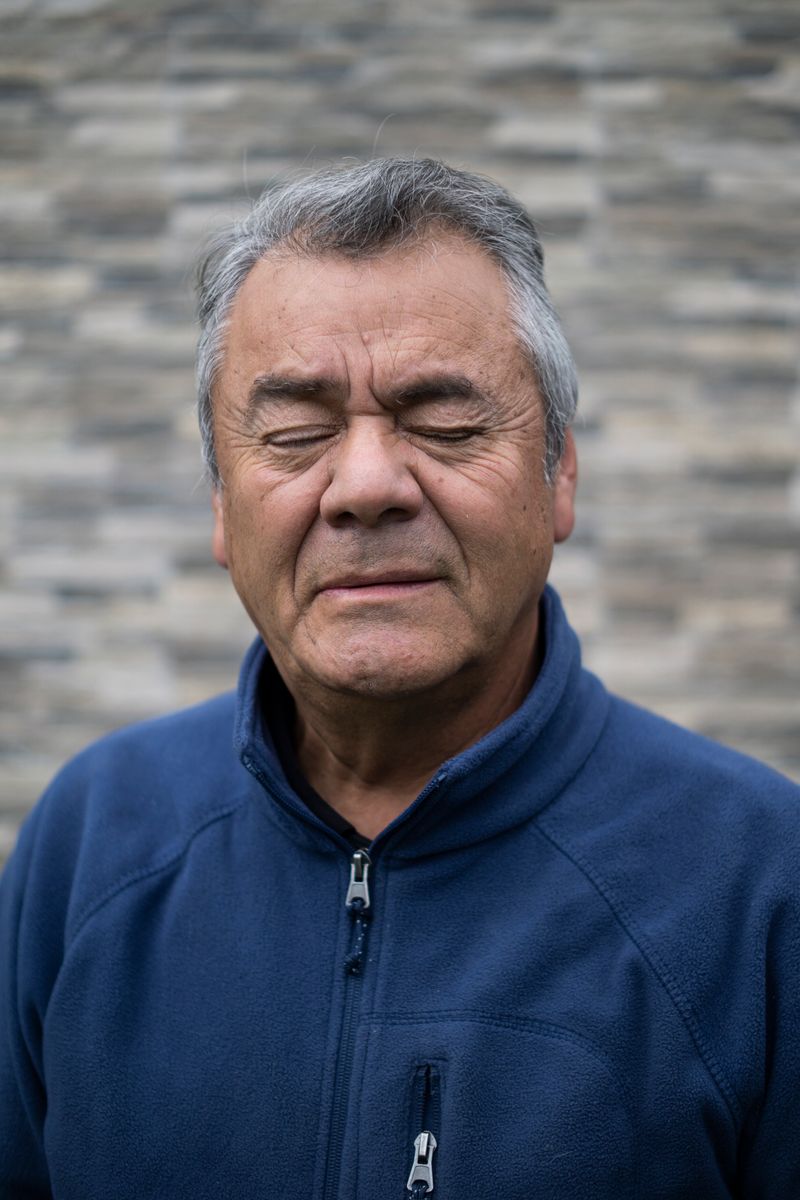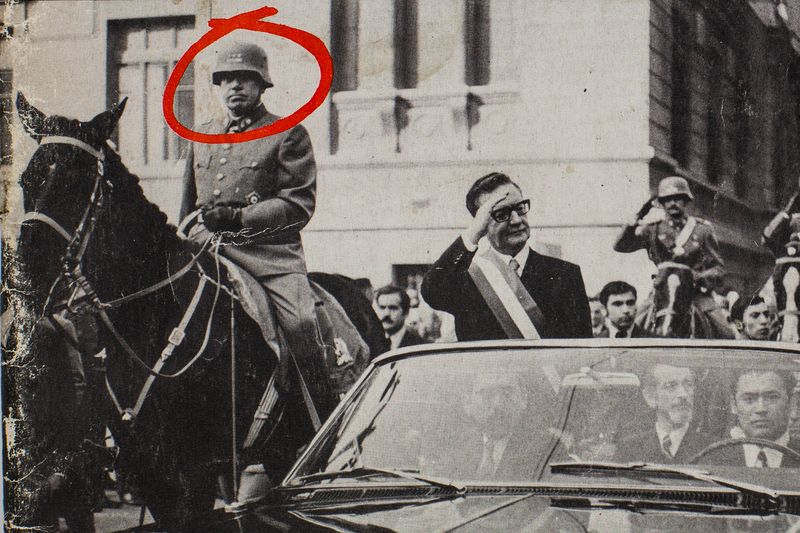226
-
Dates2020 - Ongoing
-
Author
- Location Chile, Chile
On September 11, 1973 Chile was divided, the coup d'état changed the country. It was almost 17 years where families from different parts of the country and social classes fought to remove Pinochet from power, regardless of the consequences.
On September 11, 1973, Chile was paralyzed. The Armed Forces rose up against their own people, bombing La Moneda Palace from the sky. The dictatorial regime, in order to remain in power, used as its main tool the extermination of those who thought differently. According to the various Truth Commissions, the total number of victims amounts to 40,175 people, including political prisoners, disappeared detainees and victims of political imprisonment and torture.
The reign of terror lasted 17 years, during which the wounds of torture, censorship and coercion still linger in Chilean society. They affected anonymous people, in hidden towns, almost ghosts, but from where people were articulated to fight against the Dictatorship.
The González Múñoz family is one of them. With scarce resources, Ester and Alfredo managed to survive in times of scarcity: having something to eat and a roof over their heads for their 9 children, 7 women and 2 men, was their priority. Although they were never politically active, all their children, in one way or another, organized to overthrow the dictator, actively participating in the Communist Youth "JJCC" and the Communist Party.
"I had to choose between pursuing a political career or taking charge of what I was bringing into the world. That's when a part of my life was cut off and I had to take responsibility to this day for the consequences of what I didn't do right, because I thought that was my role at that time: to overthrow the dictatorship", Juana González, Padre Hurtado, Chile.
The "226" project vindicates these anonymous stories, vindicates the lives that gave themselves to the struggle and do not want to die in oblivion. Through the stories of these 9 brothers, it echoes many others, which are found in the imagination of a population that lived in the limbo of the countryside and the urban. It tells of the experiences shared at a historical moment, of the daily life lived through the dictatorship, and how this had an impact on the development of the country's history.
Through archival images; family, neighborhood and national, the daily life of a sector of the periphery of the great capital during the military dictatorship is reflected. These are mixed with images of feelings and perceptions, transmitted by the protagonists of these stories through different interviews. What evolves with current photos that, despite the temporality, are a mirror of the past.
